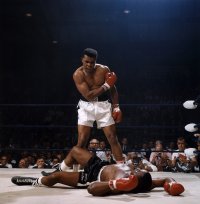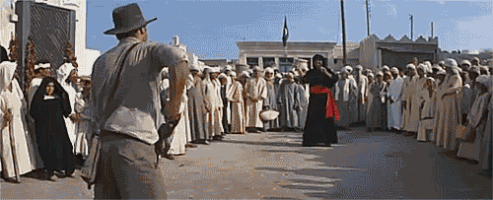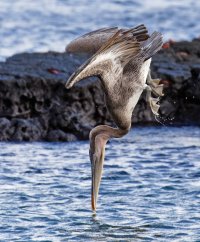Some have called Neil Leifer's photo of Cassius Clay (he had just changed his name to Muhammed Ali and it had not yet been adopted by most of the press at the time) standing over Sonny Liston the greatest sports photo of the 20th Century. He took it with slow Ektrachrome film using a flash mounted in the rafters that took several
minutes to recharge. One shot was all he got. Now go and look at the movie film of the moment. Ali had his arm in the captured position for a very small fraction of a second as he waved it back and forth. As Leifer has often said, "When the great ones are lucky enough to be in the right spot at the right time,
they don't miss." He backed it up time after time after time, from the late 1950s into the 1980s shooting for Sports Illustrated and then into the new millennium shooting for Time and other national/international hard news publications.
View attachment 216852
Ali vs. Liston film. Slow it down to 0.25 speed and at 2:44 you can see Leifer's flash pop precisely at the instant Ali's right hand reaches the apex of its swing across his body near his left shoulder. Ali's hand was in that position for maybe 1/50 to 1/100 of a second. Unless one is using a camera with 50-100 fps, depending upon spraying and praying is just as likely to get one frame just
before the decisive moment and the next frame just
after the decisive moment. Yes, there are cameras that can now approach 50 fps at full resolution in stills mode. But how many current sports shooters have the time to go through dozens and dozens of frames to find the one with the peak action and push the image over the wires before the guy standing right next to them has already pushed an inferior shot and made all of the money? (Interestingly enough, Leifer's color image didn't get processed until he had returned to SI's offices in NYC and thus it didn't really catch on as the definitive photo of that fight, much less of Ali's career, until years later. AP photographer John Rooney's grainy B&W photo taken from a spot just to Leifer's left, developed in Lewiston. ME at the fight location was the one on the front page of most newspapers in the U.S. the next morning. SI didn't even put Leifer's photo on the cover of that week's issue.)



